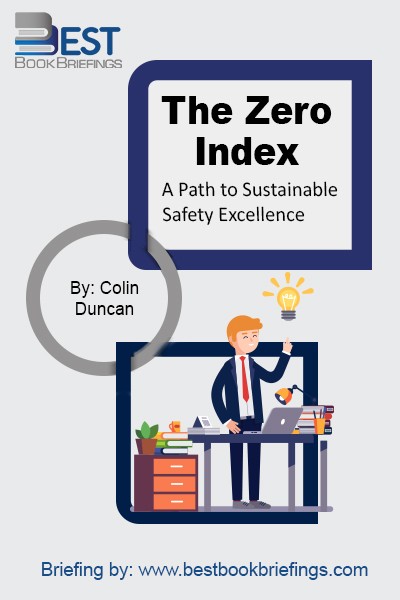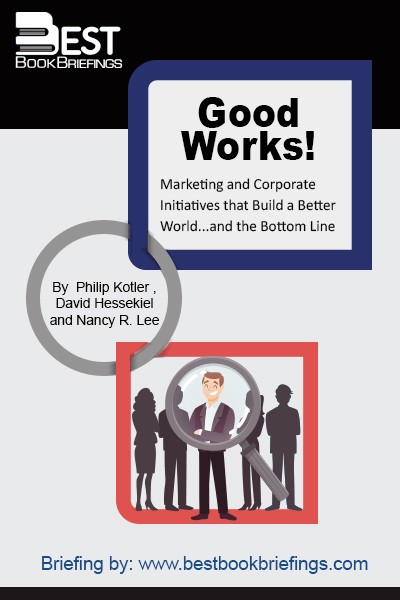Chaotics
The Business of Managing and Marketing in the Age of Turbulence
Number of pages: 224
Publisher: AMACOM
BBB Library: Sales and Marketing, Leadership
ISBN: 9780814415214
Editorial Review
“Chaotics” provides business leaders with the system and tools to successfully navigate through the uncertain waters that will continue to confront all of their businesses in this new era “The Age of Turbulence”. The fact is that we are entering a new age of turbulence. But what is turbulence? We know it occurs in nature: It creates havoc in the form of hurricanes, tornados, cyclones or tsunamis. We experience turbulence in the air from time to time when a pilot asks us to fasten our seat belts. In all these cases, stability and predictability vanish; instead, we are buffeted, bounced and jabbed by conflicting and relentless forces. And sometimes the turbulence will be so continuous as to plunge the whole economy into a downturn, a recession or depression. Economic turbulence creates the same impact on us as turbulence in nature.
Book Reviews
Books on Related Topics

Are you curious about how to use mobile marketing to grow your business? Would you like to know how to use Quick Response (QR) codes, location-based marketing, and other mobile tools to increase your sales and revenue? Are you wondering how companies use mobile marketing to connect with their customers? Answering those

Achieving a truly zero-harm organization starts with taking a huge step back from our existing ideas and assumptions. This book introduces a state of functioning that we call Zero Index performance: the sustained practice of mitigating exposure to anyone who interacts with an organization and its activities and products–not just your employees

In all bubbles, one constant always predicates a collapse. That is the optimistic assumption that someone else will always be willing to buy what you are selling, regardless of how irrationally high the price is relative to the bare facts of the product underlying value. Every bubble presents an appearance of

We know how hard the last few years have been. Many have called it the Great Recession, with good reason, as it has already been far longer and more severe than any economic downturn since the Great Depression. Government economists tell us it began in December 2007, but the researches identified

If You're Not First, You're Last is about how to sell your products and services—despite the economy—and provides the reader with ways to capitalize regardless of their product, service, or idea. Grant shares his proven strategies that will allow you to not just continue to sell, but create new products, increase margins,

Chuck Martin takes readers on a journey from the creation of the first screen to the revolutionary third. Martin describes the cultural and social changes incurred by the first screen (the television) and the second screen (the personal computer), opening up his discussion of how the third screen—the mobile device—is redefining

Wake up, it's revolution time! Gone are the days when you could plan out your marketing and public relations programs well in advance and release them on your timetable. It's a real-time world now, and if you're not engaged, then you're on your way to marketplace irrelevance. http://eu.wiley.com/WileyCDA/WileyTitle/productCd-1118155998.html




